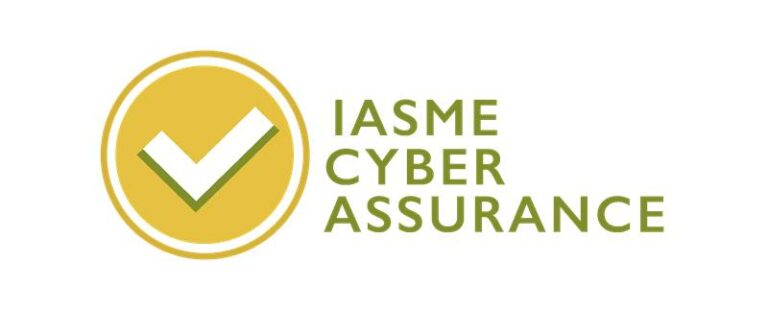SaaS Penetration Testing Services
Your SaaS solution offers a dynamic environment with flexibility for your customers. Our SaaS penetration testing helps you to assess, analyse and mitigate vulnerabilities in the context of your environment. It could be SaaS service, solution or products.
Get in touch











Why is SaaS penetration testing assessment important for businesses?
Security has taken a hot seat of ‘strategic importance’ in board rooms compared to the traditional ‘cost center’. Increasing reliability on third-party cloud services has raised awareness around data security and privacy concerns.
Both the parties, SaaS solution and their customers, commonly provide their solutions for thorough SaaS penetration testing to determine the unknowns to assess and prepare for futuristic events.
Data breaches and compliance are the two most common reasons to justify SaaS penetration testing. Attacks targeting cloud-based infrastructure have been increasing by 50% year over year, as stated in Verizon Data Breach Report 2020.
Although some weaknesses may or may not be known to security teams, cyber assurance to validate your security controls offering peace of mind to customers in one fell swoop is seen as a critical step in SaaS software development services.
See what people are saying about us
How to perform SaaS penetration testing?
Cyphere’s Software as a Service SaaS security testing takes a more comprehensive approach in showing you the unknowns where your blind spots are. Whether it is due to compliance, customer pressures or other reasons, SaaS assessments sometimes take the form of vulnerability assessments, mobile application penetration testing and application security testing.
SaaS penetration testing, also called “ethical hacking“, is conducted to identify, assess and exploit critical vulnerabilities to simulate a threat actor’s approach in real-time. It includes tailored advice on mitigating the identified risks with clear information about the likelihood and impact of successful attacks. Cyphere’s security consultants agree on the white box, grey box or black box penetration test methodologies that define the threat scenarios to be simulated during the assessment in SaaS platform. Our assessment methodology is aligned with various standards such as OWASP, CIS and SANS control to provide clarity for customers.

To align with a proactive, secure SaaS software approach for a SaaS application, conducting penetration testing or one-component security assessment alone is insufficient to test an asset’s breadth and depth. It also involves architectural reviews, source code reviews, networks, management, and project-related processes.
Specifically, SaaS application security concerns in addition to penetration test checks, include business logic and workflow vulnerabilities, third-party integrations and modules security issues.
SaaS application security tools utilised during a security assessment are no different than SaaS penetration testing such as Burp web proxy suite, other web vulnerabilities, and network scanners, scripts, and WAF configuration checks. As a SaaS security company, the added expertise, understanding of SaaS applications, and business logic make the difference.
SaaS security vulnerabilities
Benefits of CREST approved SaaS Penetration Testing

Why choose Cyphere as SaaS Penetration Testing Company?

Excellent people to work with.
Very good knowledge of requirement and give us correct findings with excellent remedy to improve our security for our B2B portal site.
Harman was great, really knowledgeable
Harman was great, really knowledgeable, helpful and on hand to answer any questions. The final report was very clear providing the technical information in an easy to read format which could be understood by the leaders of the business.
My experience of the team was 5 star.
They were so helpful, and their technical delivery and client communication were excellent.
Extremely satisfied
Extremely satisfied with approach, speed and end results. Thanks.
